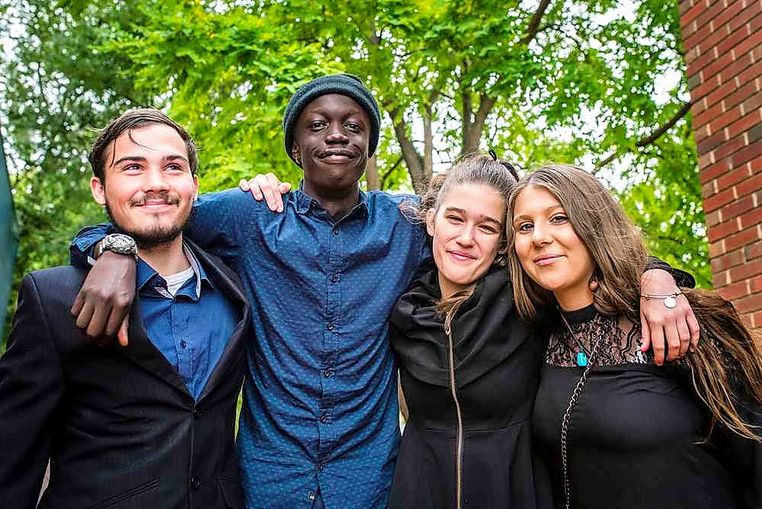Melton and Bacchus Marsh are among the state’s youth unemployment “hotspots”, a new report reveals.
The report, released by national anti-poverty group the Brotherhood of St Laurence, found more than 15 per cent of young people in Melton and Bacchus Marsh are unemployed.
The suburbs of Werribee, Sunshine, St Albans and Footscray also had high youth jobless rates in the west.
Brotherhood of St Laurence director Conny Lenneberg said the report smashed stereotypes about young people. She called for a more sophisticated public debate about the emerging generation challenges.
“These figures belie stereotypes about young people,” Ms Lenneberg said.
“We know from our research and the experience of our services that many young people are doing it tough.
“Yet young people are too often depicted in simplistic terms of consumers of overpriced smashed-avocado toast with a fascination for selfies – and that’s plain wrong.”
According to the report, Victoria’s youth unemployment rate was 11.4 per cent, just above the national rate of 11.2 per cent at December, 2018, and almost three times the unemployment rate of those aged 25 and above.
“We remain especially concerned at how young people without qualifications and skills or family networks are tracking in this rapidly changing economic and social environment,” Ms Lenneberg said.
“To secure the future labour force and create opportunities for decent work, we need structural solutions that drill down to local job markets and infrastructure challenges.”
One program tackling youth unemployment in Melton is Employment Plus Transition to Work. Last month, 15 students completed the program through the Key Institute.
Employment Plus national director Graeme White said the program was aimed at assisting young people in Melton build self-confidence and learn skills to gain employment.
“There is no guarantee that talent and intelligence will make job seeking easy or successful … not everyone gets the same opportunities,” Dr White said.
“Many of our candidates have lived through significant adversity and have substantially more difficulty finding work.”
Read the report: bit.ly/2W2rAOG







